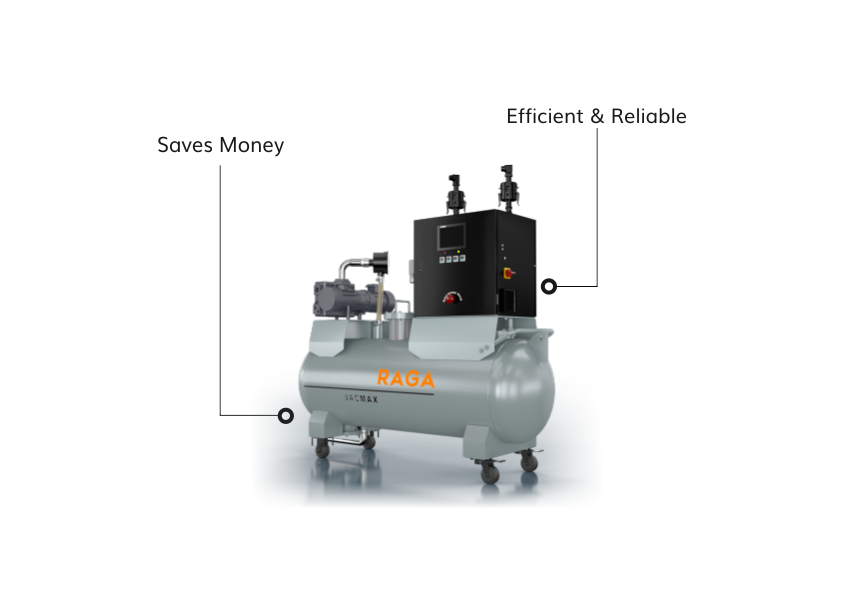
Vacuum die casting is a highly advanced manufacturing process that ensures the production of precise, durable, and defect-free metal components. Unlike traditional methods, it employs a vacuum to remove air from the mold, minimizing porosity and enhancing material quality. This technique is gaining prominence across industries, offering exceptional results in automotive, aerospace, and medical devices.
1. Mold Preparation
The process begins with creating a meticulously designed mold. A vacuum system is connected to the mold to extract air, ensuring a controlled environment for casting.
2. Metal Injection
Molten metal is injected into the vacuum-sealed mold at high pressure. This prevents air entrapment, which can cause defects in the final product.
3. Cooling and Solidification
The injected metal cools and solidifies within the mold, retaining its intricate design and structural integrity.
4. Ejection and Finishing
The solidified part is ejected, trimmed, and polished to meet desired specifications.
Aluminum Alloys: Lightweight and corrosion-resistant, used in automotive and aerospace applications.
Magnesium Alloys: Known for their high strength-to-weight ratio, suitable for electronics and automotive parts.
Zinc Alloys: Ideal for precision parts due to their excellent flow characteristics.
When selecting a vacuum die casting service, consider their expertise, quality assurance measures, and technological capabilities. A reliable partner ensures high-quality components and meets specific industry standards.
Vacuum die casting is transforming modern manufacturing with its ability to produce superior components for critical applications. As industries demand greater precision and efficiency, this process continues to redefine possibilities in metal casting.
1. What is the main benefit of vacuum die casting?
It minimizes porosity, leading to stronger and more reliable components.
2. Which industries commonly use vacuum die casting?
Industries such as automotive, aerospace, medical, and electronics benefit significantly from this process.
3. How does vacuum die casting differ from traditional die casting?
Vacuum die casting removes air from the mold, ensuring better product quality by reducing defects.
4. Can small-batch production use vacuum die casting?
Yes, but it may be costlier due to setup expenses.
5. What alloys are most compatible with vacuum die casting?
Aluminum, magnesium, and zinc alloys are commonly used due to their excellent properties.
Comentários
No Stickers to Show